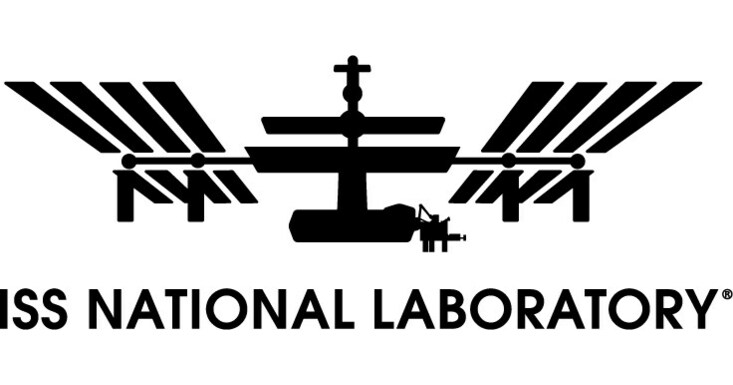Esta exhibición de arte muestra una vista aérea del lanzamiento de un cohete del Sistema de Lanzamiento Espacial (SLS) de la NASA. Esta es la configuración de la tripulación del Clúster 1 para el cohete que enviará la primera de las tres misiones Artemis a la Luna. Crédito: NASA/MSFC
En este video, gerentes e ingenieros de[{» attribute=»»>NASA’s Marshall Space Flight Center in Alabama share their thoughts about the Space Launch System (SLS) rocket for Artemis I. Van L. Strickland, SLS program operations manager; John Blevins, SLS chief engineer; and Sharon Cobb, SLS associate program manager, commend a diverse workforce for its effort and dedication to prepare the backbone of NASA’s return to the Moon. SLS will launch the Orion spacecraft on its half-a-million-mile mission beyond the Moon and back to Earth. Artemis I is scheduled to launch no earlier than Monday, August 29, 2022, at 8:33 a.m. EDT (5:33 a.m. PDT) from Kennedy Space Center’s Launch Complex 39B in Florida.
Texto de vídeo:
El Sistema de Lanzamiento Espacial es verdaderamente la columna vertebral de las misiones de Artemis. es el camión. Es el carro de transporte grande.
Nos permite llevar a la tripulación así como el equipo que necesitamos para vivir y trabajar en la Luna.
Hace sesenta años, la NASA estaba en una carrera para llegar a la luna. Esta vez es más que una simple carrera. Se trata de establecer una presencia a largo plazo en la Luna.
¿Te imaginas hacer rodar la Estatua de la Libertad para colocarla en la plataforma? Esto es lo que hacemos.
Se levantará del suelo con más fuerza que[{» attribute=»»>Saturn V, which was the first vehicle to take us to the Moon.
Artemis is our next giant leap.
The difference between the Apollo program and the Artemis program is really the focus on sustainability, and using the Moon as an outpost for further exploration.
This time we’re going back to learn how to live and work on the Moon.
The Space Launch System really is a culmination of our knowledge for 60 years of building rockets.
We started by looking at over 1,700 different potential components that would go into the rocket, and by looking at the way we could reuse some of the most reliable equipment that was flown on the shuttle.
We took those and we put them together into a system that had enough energy to make sense to do the mission that we’ve been asked to do to.
We’re moving from low-Earth orbit, as you see in the International Space Station today, to moving beyond that to taking the next step in exploration.
It’s 322 feet tall. It’s got 700,000 gallons of cryogenic propellant in the core stage alone. It can produce 8.8 million pounds of vacuum thrust.
The Space Launch System is really a national rocket, a national asset, too.
We have worked with contractors as well as with our NASA experts, our science and engineering department, and our safety and mission assurance team.
To get the Space Launch System designed, developed, and produced, it has taken thousands of companies across the country.
It comes together by train. It comes together by plane. It comes together by barges.
So, all of that culminates at the Kennedy Space Center for the launch of the first Artemis mission.
Everybody has worked together to make sure we have a safe and reliable rocket.
At NASA, safety and testing is extremely important because ultimately this rocket isn’t meant just to carry cargo, it’s meant to carry people.
It takes all types of education, all types of backgrounds, all types of diversity to do the things we do, and it’ll be great to see a diverse crew land on the moon.
Where the Space Launch System comes in is providing that reliable transportation, so that we can start flying these rockets on a routine basis. To take people and to take payload to that outpost, the Moon, and also the Gateway system.
We have a generation who have never seen deep space exploration, and this will give them an opportunity to see that this is something that they can potentially do themselves.
It’s going to be a paradigm shift for NASA. We’re going to be back to looking at things that nobody’s ever done before.

«Propenso a ataques de apatía. Explorador de aspirantes. Analista ávido. Fanático de Internet. Comunicador»





![El cohete Space Launch System de la NASA está listo para lanzar la luna en Artemis I [Video]](https://scitechdaily.com/images/Space-Launch-System-SLS-Rocket-Liftoff-2048x1152.jpg?ezimgfmt=ng:webp/ngcb1/rs:device/rscb1-1)
More Stories
Probando nueva tecnología de mapeo 3D para transformar la exploración espacial y beneficiar a las industrias de la Tierra
¿Júpiter tiene anillos? Sí, lo es
El efecto de la dieta sobre las bacterias intestinales proporciona nuevas pistas en el tratamiento de la enfermedad de Parkinson